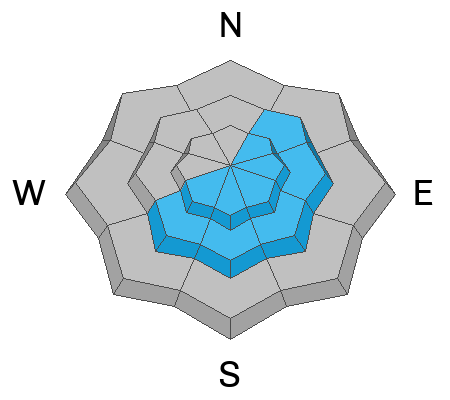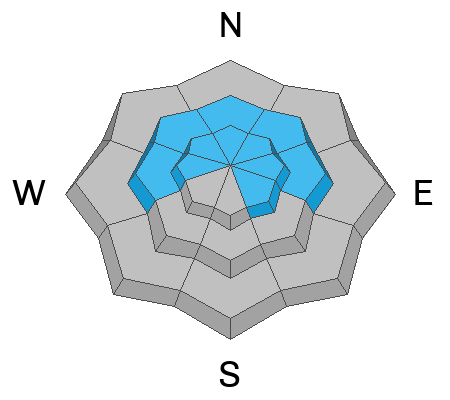Forecast for the Logan Area Mountains

Issued by Toby Weed on
Sunday morning, February 11, 2024
Sunday morning, February 11, 2024
The danger is MODERATE; Elevated avalanche conditions exist on upper and mid-elevation slopes steeper than 30°. People could trigger slab avalanches of wind-drifted snow, and cornice falls are possible in some drifted terrain. The probability of triggering a dangerous avalanche failing on a buried persistent weak layer is low, but not zero. These remain possible in outlying drifted rocky terrain with shallow snow cover.
The danger is LOW, and avalanches are unlikely at low elevations and on most sheltered slopes.
Fine, fast, shallow powder conditions are easy to find on slopes less steep than 30° across the Logan Zone. Evaluate snow and terrain carefully, and don't let the nice powder cloud your judgment.

Low
Moderate
Considerable
High
Extreme
Learn how to read the forecast here








